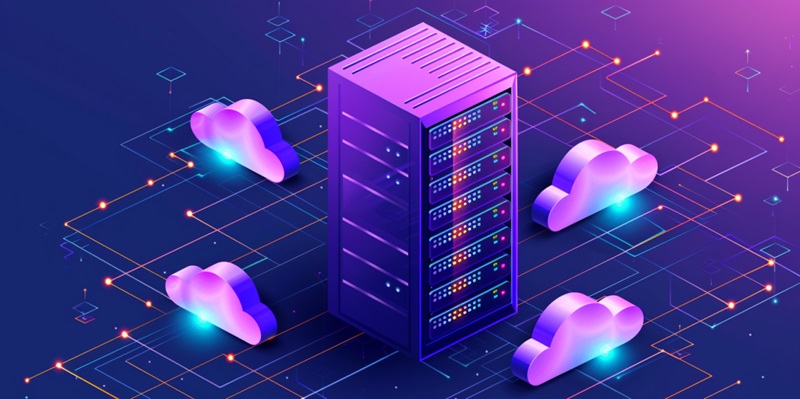The advent of cloud computing has provided a transformative approach to the way businesses deploy and manage their software solutions. While the cloud offers substantial advantages such as elastic scalability, operational agility, and potential cost reductions, it also introduces numerous challenges that development teams must skillfully overcome. Tackling these challenges is crucial for leveraging the full potential of cloud computing. Developers must navigate issues ranging from performance to compliance and security, ensuring that their cloud-based applications are not only robust and efficient but also secure and compliant with a complex array of regulations. This article delves into the essential challenges of cloud development and offers effective strategies for businesses to stay ahead in the dynamic cloud computing landscape.
Tackling Performance and Latency in Cloud Environments
When it comes to cloud development, performance and latency are often at the forefront of challenges developers encounter. These issues can stem from network congestion, the intrinsic shared nature of cloud resources, and the physical distances between users and data centers. To combat these problems, optimizing application code is a pivotal step, as it can significantly reduce the demand on cloud resources and improve response times. Additionally, integrating Content Delivery Networks (CDNs) into the cloud infrastructure can further enhance performance by distributing service spatially relative to end-users.
Choosing the right cloud service with low-latency offerings is essential, especially for time-sensitive applications. Developers might need to consider implementing distributed cloud services in various regions to minimize the latencies caused by geographical distances. Such distributed services can facilitate faster data processing by directing user requests to the nearest data center, thereby reducing transit time and improving overall application performance.
Reinforcing Cybersecurity and Data Protection
In an era where cyber threats are escalating, security in cloud environments cannot be overstated. The shared infrastructure model of the cloud complicates the security landscape, necessitating a robust approach to cyber security and data protection. Implementing stringent security protocols, such as regular security audits, encryption of data in transit and at rest, and comprehensive access controls, are foundational measures to safeguard sensitive information. In addition, ensuring compliance with industry regulations is an ongoing process that involves a thorough understanding of compliance frameworks and the implementation of policies that adhere to standards such as GDPR, HIPAA, or PCI DSS.
The dynamic nature of cloud services, coupled with the myriad of potential vulnerabilities, requires developers to stay vigilant and proactive in updating and refining security practices. Regular security training for development teams and adopting a ‘security-first’ approach to cloud development ensure a resilient defense against malicious threats, thereby protecting both the integrity of the cloud infrastructure and the privacy of user data.
Escaping the Pitfalls of Vendor Lock-in
Vendor lock-in is a predicament many organizations face when they become excessively dependent on a single cloud service provider’s technologies and services. This dependency can significantly hinder an organization’s ability to adapt to new challenges or changes in the business environment. Transitioning to other cloud services can become a financially and technically burdensome process. One way to ease this concern is to design cloud-agnostic architectures. By utilizing container technologies, such as Docker and Kubernetes, applications become more portable between different cloud environments. Containerization encapsulates an application and its environment, ensuring consistent behavior regardless of the underlying cloud infrastructure.
Moreover, leveraging open standards and APIs can reduce the reliance on proprietary services and help prevent vendor lock-in. This allows greater flexibility and enables businesses to switch cloud providers with relative ease, or even operate across multiple cloud environments, ensuring they can continually optimize their cloud solutions in terms of cost, performance, and features.
Managing Costs in Cloud Computing Economies
While cost savings are often cited as a significant advantage of cloud computing, it can also lead to unforeseen expenses if not managed properly. Cloud economics requires a different approach to cost management wherein developers need to be as concerned about optimizing expenses as they are about writing code. This begins with effective resource monitoring tools that can track usage and costs in real-time, flagging unnecessary expenses. Auto-scaling features can dynamically adjust resources to meet the application’s current demand, minimizing waste and reducing costs.
Additionally, periodic optimization of services and configurations can result in long-term savings. By performing regular cost analysis, businesses can detect patterns, forecast future costs, and take preemptive steps to scale back unutilized resources or negotiate better terms with cloud service providers. Embracing this proactive stance on cost management ensures that cloud computing remains a cost-effective solution for the business.

